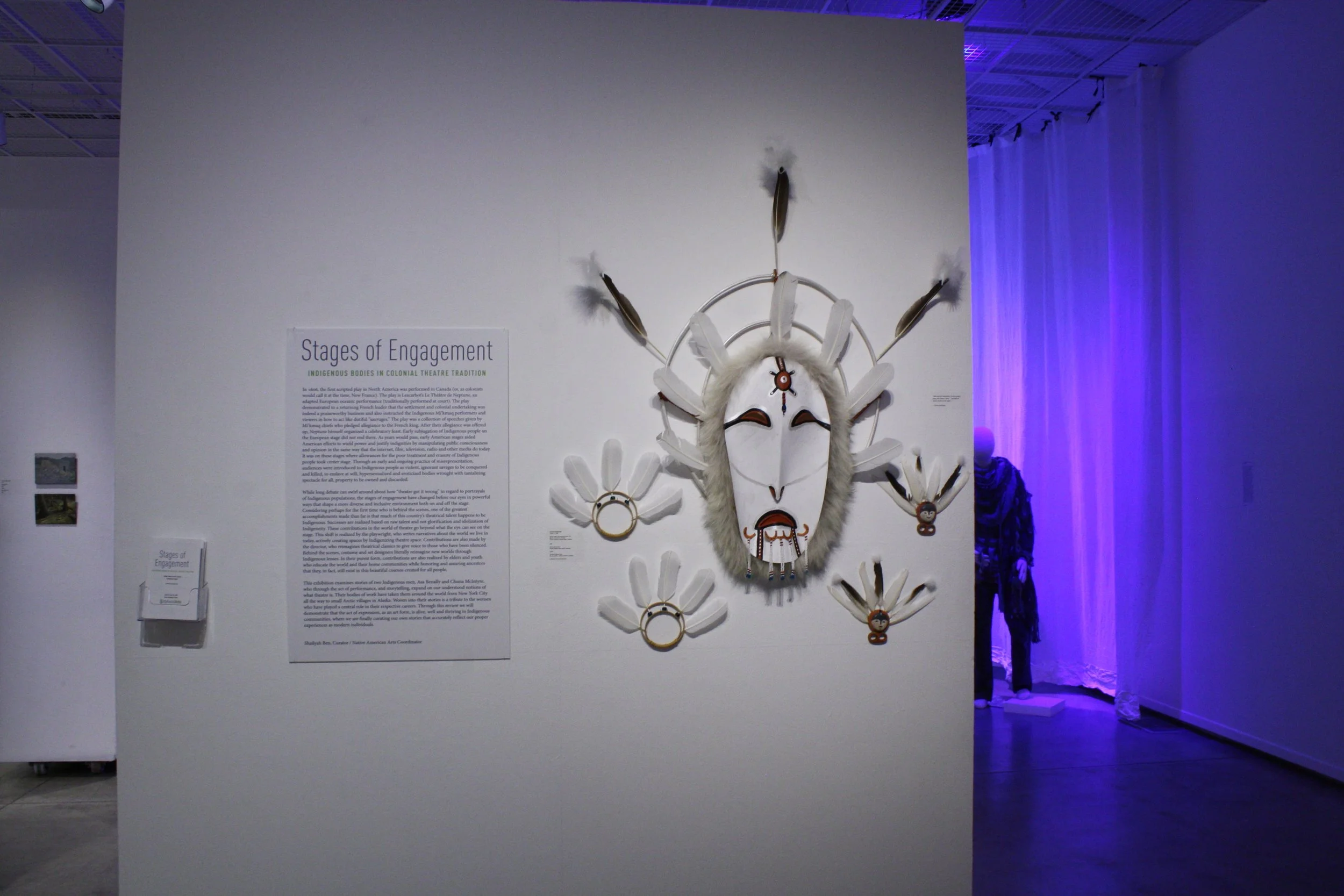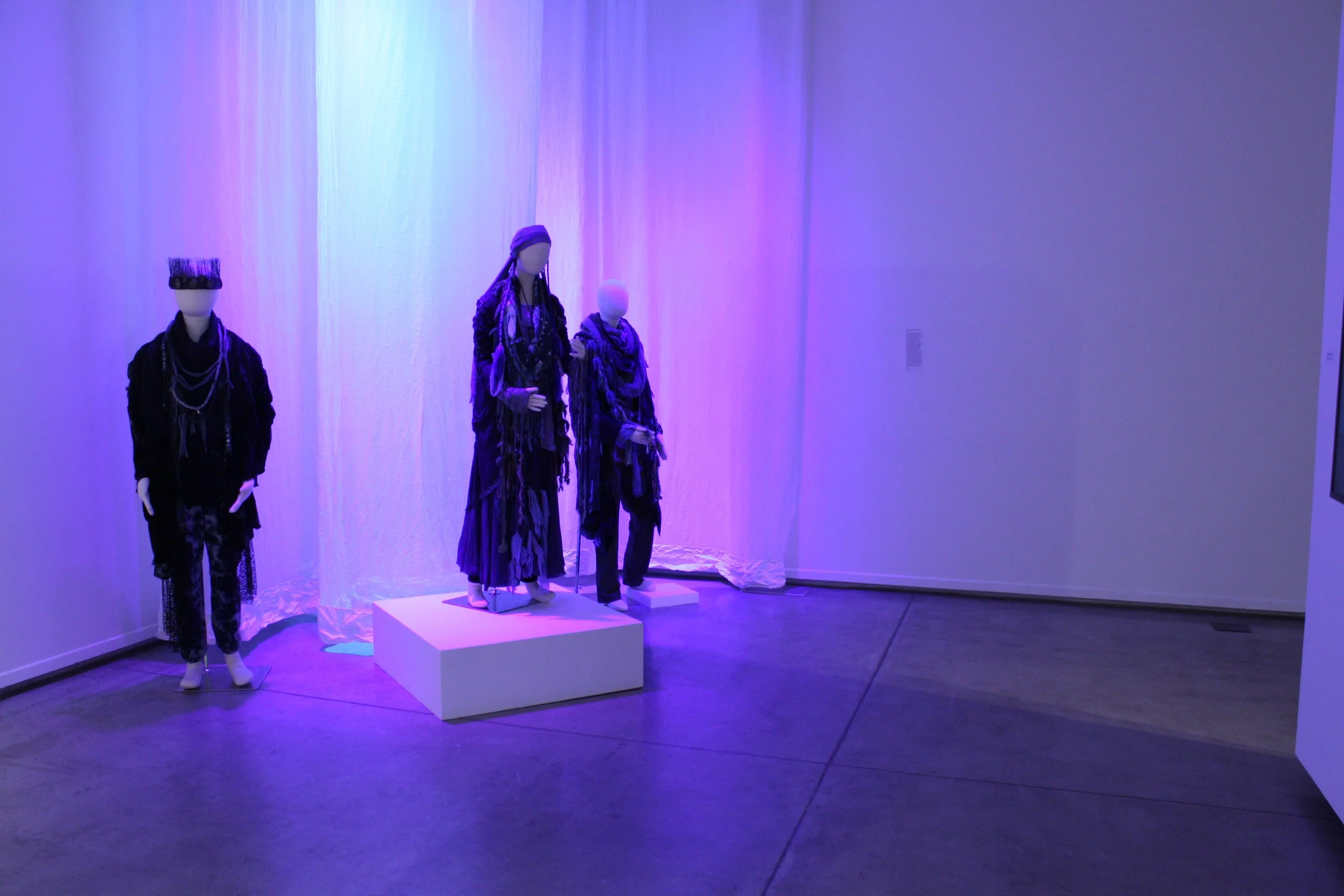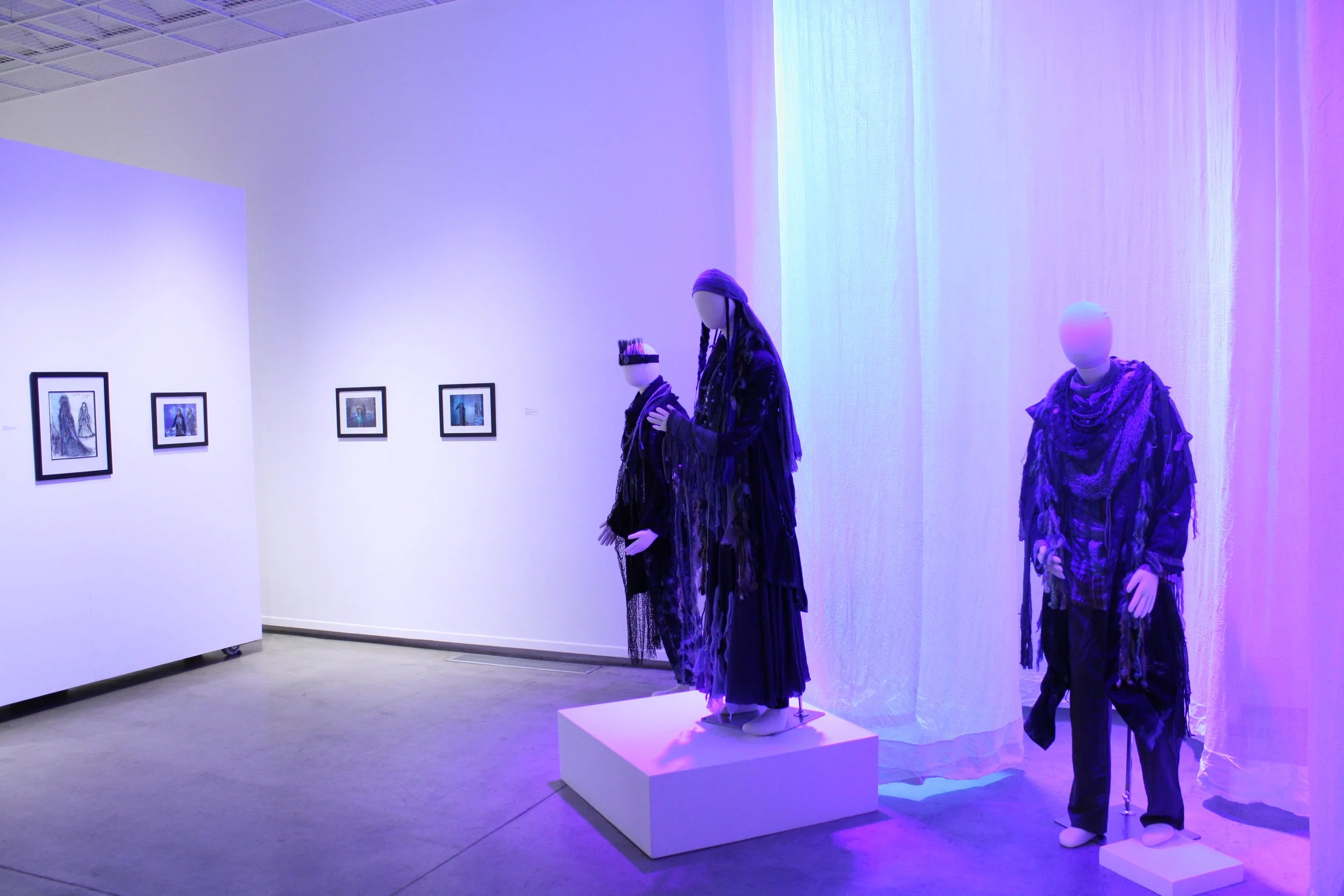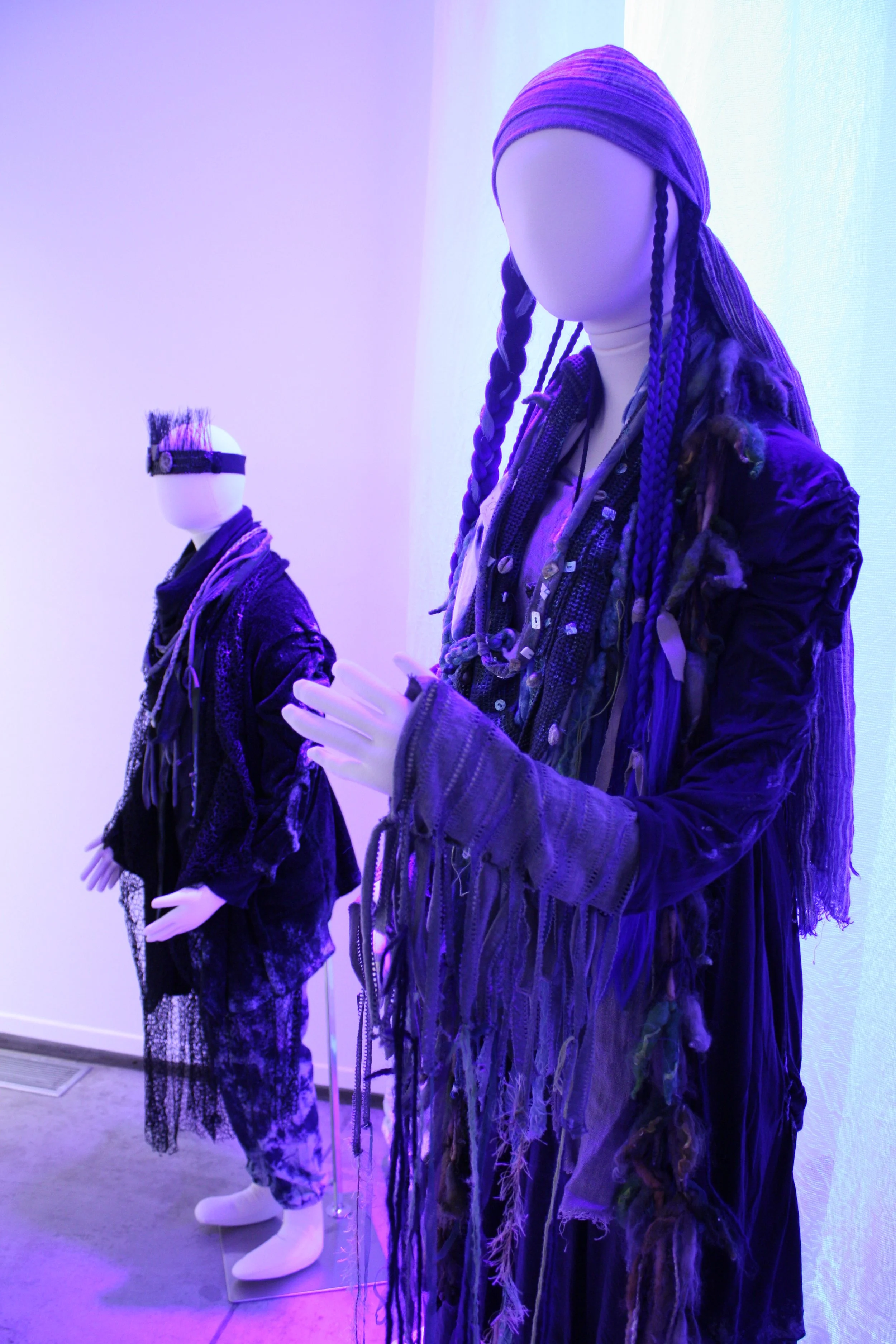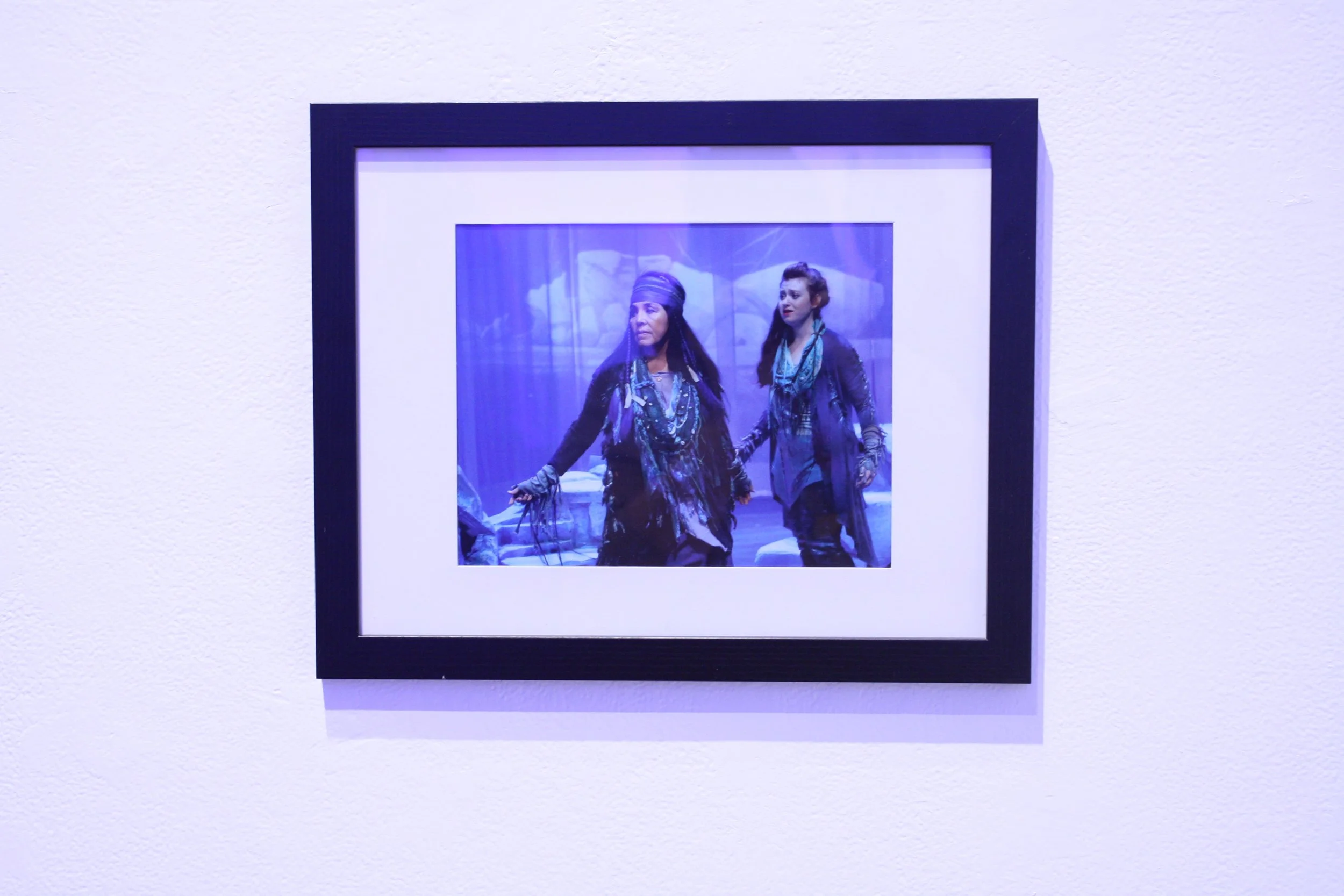stages of engagement
In 1606, the first scripted play in North America was performed in Canada (or, as colonists would call it at the time, New France). The play is Lescarbot’s Le Théâtre de Neptune, an adapted European oceanic performance (traditionally performed at court). The play demonstrated to a returning French leader that the settlement and colonial undertaking was indeed a praiseworthy business and also instructed the Indigenous Mi’kmaq performers and viewers in how to act like dutiful “sauvages.” The play was a collection of speeches given by Mi’kmaq chiefs who pledged allegiance to the French king. After their allegiance was offered up, Neptune himself organized a celebratory feast. Early subjugation of Indigenous people on the European stage did not end there. As years would pass, early American stages aided American efforts to wield power and justify indignities by manipulating public consciousness and opinion in the same way that the internet, film, television, radio and other media do today. It was on these stages where allowances for the poor treatment and erasure of Indigenous people took center stage. Through an early and ongoing practice of misrepresentation, audiences were introduced to Indigenous people as violent, ignorant savages to be conquered and killed, to enslave at will, hypersexualized and eroticized bodies wrought with tantalizing spectacle for all, property to be owned and discarded.
While long debate can swirl around about how “theatre got it wrong” in regard to portrayals of Indigenous populations, the stages of engagement have changed before our eyes in powerful ways that shape a more diverse and inclusive environment both on and off the stage. Considering perhaps for the first time who is behind the scenes, one of the greatest accomplishments made thus far is that much of this country’s theatrical talent happens to be Indigenous. Successes are realized based on raw talent and not glorification and idolization of Indigeneity. These contributions in the world of theatre go beyond what the eye can see on the stage. This shift is realized by the playwright, who writes narratives about the world we live in today, actively creating spaces by Indigenizing theatre space. Contributions are also made by the director, who reimagines theatrical classics to give voice to those who have been silenced. Behind the scenes, costume and set designers literally reimagine new worlds through Indigenous lenses. In their purest form, contributions are also realized by elders and youth who educate the world and their home communities while honoring and assuring ancestors that they, in fact, still exist in this beautiful cosmos created for all people.
This exhibition examines stories of two Indigenous men, Asa Benally and Chuna McIntyre, who through the act of performance, and storytelling, expand on our understood notions of what theatre is. Their bodies of work have taken them around the world from New York City all the way to small Arctic villages in Alaska. Woven into their stories is a tribute to the women who have played a central role in their respective careers. Through this review we will demonstrate that the act of expression, as an art form, is alive, well and thriving in Indigenous communities, where we are finally curating our own stories that accurately reflect our prop
Shaliyah Ben (Diné), Curator
Executive Director, Native American Arts Center
-
Asa Benally (Diné/Tsalagi)
Chuna McIntyre (Yup’ik)
-
Shaliyah Ben is a lecturer, educator, and promoter of American Indian arts and culture and originally hails from the Navajo Nation; she was born in Shiprock, New Mexico where her family still practices traditional farming methods in the San Juan River Valley. Shaliyah is an alumna of both the Idyllwild Arts Children’s Center and Summer Youth Programs, and prior to joining Idyllwild Arts as Assistant Director and later Executive Director of the Native American Arts Center at Idyllwild Arts, she worked at the Heard Museum in Phoenix, AZ. During her 20-year tenure at the Heard, she held multiple roles in both the Education and Curatorial Departments, and also served as the Director of Public Programming. Shaliyah enjoys spending time with her dog Amira and her family and friends. She is a violin player, French speaker, and lover of the color pink. Shaliyah has a BA in French, and certificates in both Arabic Language and Islamic Studies from Arizona State University.
Dates
June 24-July 20, 2019
Location
Idyllwild Arts (Idyllwild, CA)
Curated by
Shaliyah Ben (Diné)
Oversaw
Exhibition design and installation; lighting and didactics; artist communications and loan agreement; packing and shipping; reception and artist/curator talk; photo-documentation.
